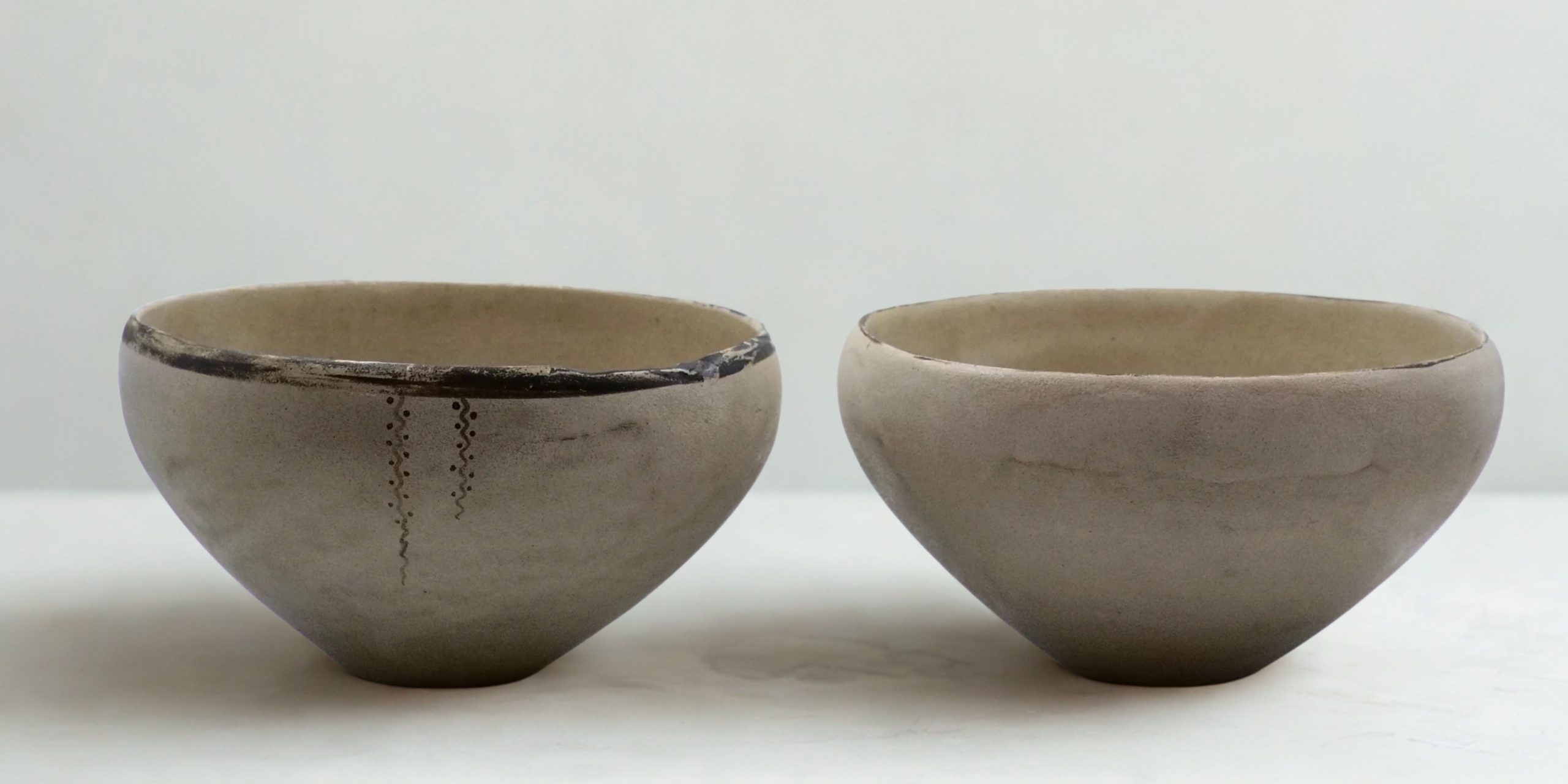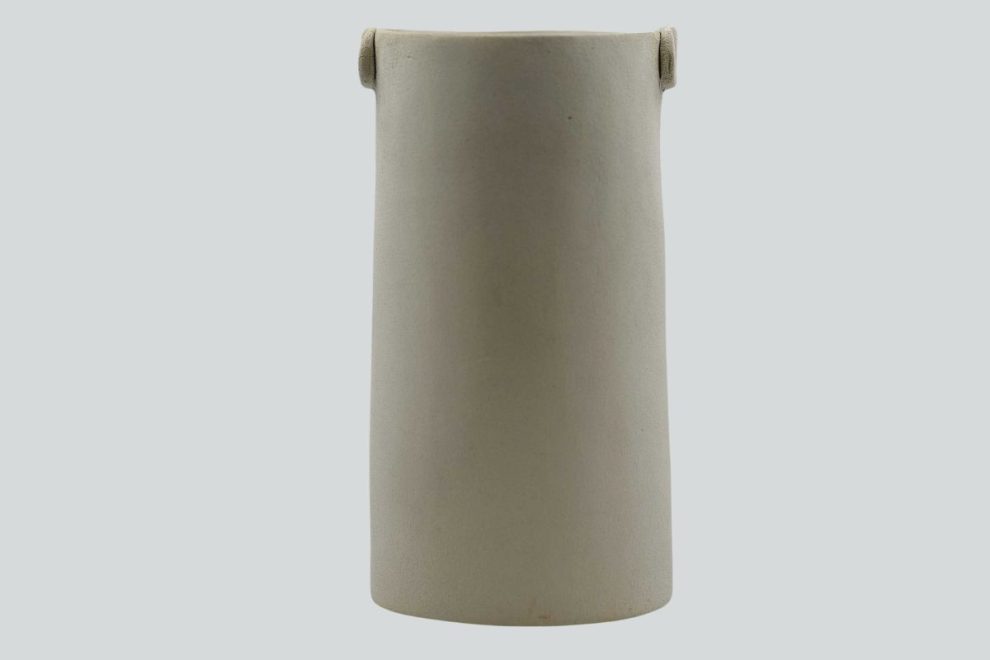
Ancient Greek art continues to impress people today with its great skill and rich meaning.
Key Highlights
- White ground Greek pottery is a beautiful type of ancient Greek art. It started in Athens around 500 BC.
- This captivating style is known for its graceful figures shown on a white background.
- Mostly, white ground pottery was used for religious and burial purposes. It reflects the beliefs and traditions of ancient Greek culture.
- The method involved putting a white slip on the pottery. This gave an area for detailed designs in red, brown, yellow, and black.
- Famous artists like the Achilles Painter and the Sabouroff Painter used this method well. They left us amazing pieces of art.
A key feature from this time is white ground pottery, which highlights the creativity of Athens. This extraordinary style of pottery started in Athens around 500 BC. It clearly shows the art and culture of ancient Greek society. White ground Greek pottery is an important example of this artistic legacy.

Significance of White Ground Greek Pottery
White ground pottery is important in ancient Greek art. Its beautiful look and link to rituals and funerals give us great insights into the beliefs and customs of that time. The white ground helped artists make detailed and clear images, which made it different from other types of pottery. In addition, white pottery from Athens shows the great skills of Athenian artists. Their careful work in adding a white coating and their understanding of different painting styles prove how skilled they were. The detailed designs and realistic figures on these items show the artistic talent of the ancient Greeks.
Understanding the Value of Culture in Ancient Greece
In ancient Greek society, white pottery was very important. It helped show cultural beliefs about life and death. People often used it in funerals to honor those who passed away. This shows how much ancient Greeks cared about helping the souls of the dead reach the afterlife. The pottery often had pictures of mourners at graves or characters from their myths. This reflected their strong beliefs.
White ground pottery was not only for funerals. It also had a big part in religious rituals. The images of gods, myths, and holy events on these pots showed their role in ancient Greek religion. These pictures helped people remember the stories and beliefs that shaped how they saw the world and linked them to a higher power.
The cultural value of white ground pottery was more than just about religion and funerals. It was used at symposia, which were social events for wealthy Athenian men. This meant that these pots were a way to show status and take part in important conversations. The pictures on the pottery often sparked talks about ideas, stories, and art. This reflected the vibrant scene in ancient Athens.
How White Ground Greek Pottery is Different from Other Greek Pottery Styles
White ground pottery is unique compared to other Greek pottery styles. It has a white background that makes the bright colors in the designs really pop. In contrast to black-figure and red-figure pottery, which show figures on dark backgrounds, white ground pottery provides more color options and clearer details.
The artists used white slip, which is a thin layer of clay. This made a smooth and bright surface. It helped them paint detailed designs. They could make figures look more real. Here’s what makes it one-of-a-kind:
- Distinctive Background: The white background makes the painted figures shine, drawing attention to them.
- Better Detail: The smooth white surface lets artists use finer brushes and add soft details, making the figures appear more real.
- Broader Range of Colors: Unlike black-figure and red-figure pottery that mainly used black and red, white ground pottery used more colors, like brown, yellow, and even gold.
This new style gave Athenian artists a chance to explore different ideas. As a result, their pottery became known for its beauty, detail, and feel.

Technique and Style of White Ground Greek Pottery
Making white ground pottery required a lot of care and skill. First, artists covered the pottery with a white slip. This slip came from a fine clay called kaolinite. It acted as a base for the pottery, giving it a bright and smooth surface for decoration. After the slip dried, artists used various methods to create images. At first, they mainly used black slip to outline shapes and add details. Over time, they began to use more colors such as red, brown, yellow, and even gold leaf.
Types of White Ground Greek Pottery
Over time, Athenian artists created different types of white pottery. Each type had its own style and shapes. The types of white pottery can be grouped by their style and the time they were made. There are five main types of painted ceramics, each with distinct characteristics and common vessel shapes.
Type I features black-figure decoration on a white ground and is typically seen on amphorae and kylikes. Moreover, Type II is known for its monochrome silhouette drawing and is commonly found on lekythoi and alabastra. Type III is characterized by four-color painting using a shiny slip along with mineral paints, often applied to pyxides and cups. Type IV combines shiny slip with both mineral and non-ceramic paints, and this technique is generally used on lekythoi and kraters. Finally, Type V involves polychrome painting on a white ground and appears mainly on lekythoi.
Among these, the lekythos is a tall, thin vase used to store oil. It is mainly linked to a remarkable way of painting white on vases. This method was mostly used for funerals.
Painters of White Ground Greek Pottery
The development and skill of white ground pottery are incomplete without giving credit to the skilled painters who made this style stand out. Many artists worked on this style, each bringing their distinctive touch. Some famous white ground pottery painters are the Achilles Painter, the Sabouroff Painter, the Reed Painter, and the Phiale Painter. These artists had amazing skills in portraying human figures. They beautifully expressed emotions and movement. Their art often depicted stories from Greek tales, daily life, and burial customs. Their contribution to making white ground pottery has given them a lasting spot in art history. Today, both scholars and art fans still study and appreciate their work.
Final Reflections
In conclusion, the beauty of White Ground Greek Pottery lies in its art and cultural value. This style originates from ancient Greece. It is famous for its white background, which highlights detailed designs and stories. By learning about the methods, styles, and types of White Ground Greek Pottery, we understand the skill and creativity of its artists. The history of this pottery still draws in art lovers and historians, showcasing beauty that remains through time.
